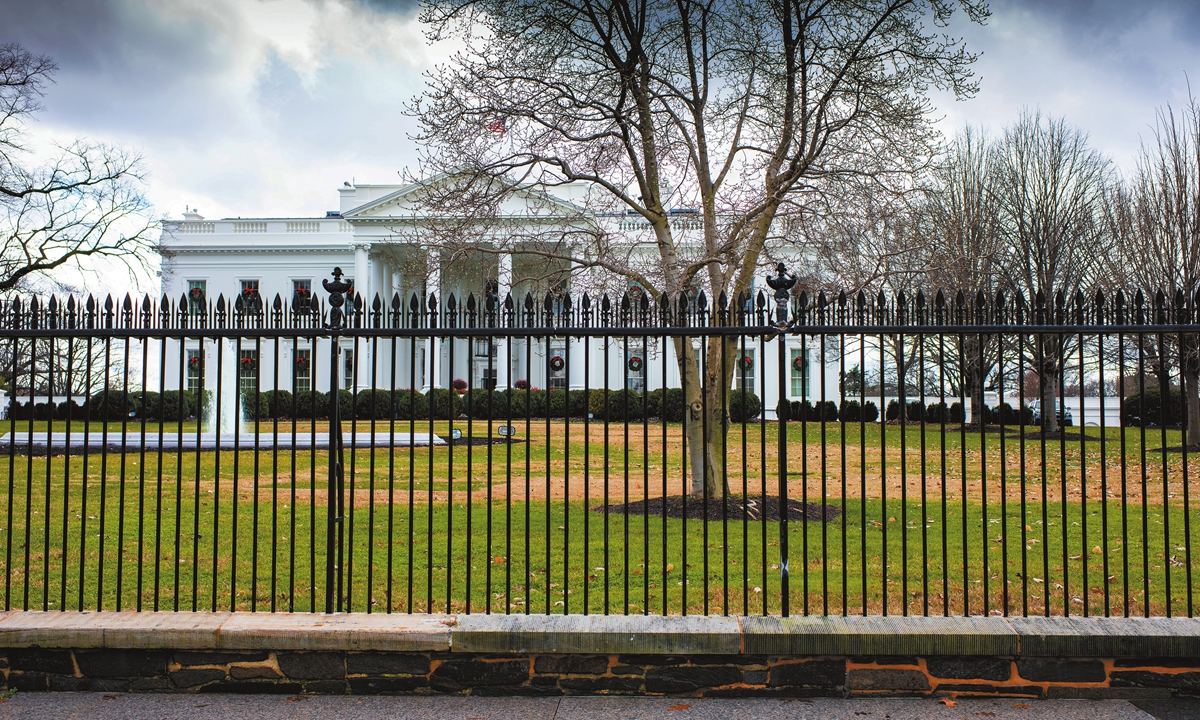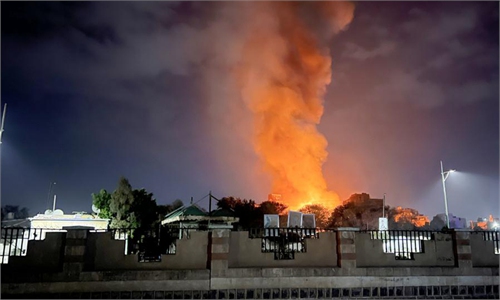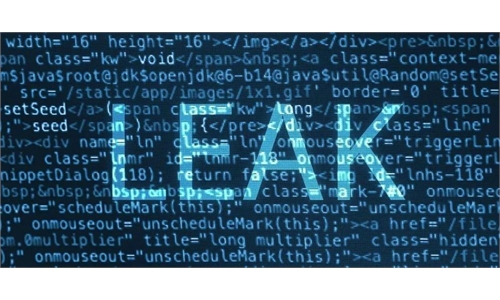Media exposes digital security vulnerabilities in US government including chat leaks and sensitive file sharing

A view of the White House. Photo: VCG
On Sunday local time, several US media outlets reported on recent digital security vulnerabilities within the US government. Among the incidents highlighted was a reported leak by US Defense Secretary Pete Hegseth, who disclosed information about incoming airstrikes in Yemen in a private Signal chat group on March 15, including the flight schedules of US F/A-18 Hornets. Additionally, it was reported that US government officials improperly shared sensitive documents, potentially including classified floor plans of the White House.According to the New York Times, Hegseth shared detailed information about forthcoming strikes in Yemen on March 15 in a private Signal group chat that included his wife, brother and personal lawyer, according to four people with knowledge of the chat.
Some of those people said that the information Hegseth shared on the Signal chat included the flight schedules for the F/A-18 Hornets targeting the Houthis in Yemen, essentially the same attack plans that he shared on a separate Signal chat the same day that mistakenly included the editor of The Atlantic, the New York Times said.
According to The Atlantic's editor-in-chief, Jeffrey Goldberg, on March 24, top Trump administration officials, including Hegseth and Vice President JD Vance, allegedly discussed details of a highly sensitive operation to bomb Houthi targets in Yemen in a group chat that mistakenly included him.
Hegseth's brother Phil, as well as his lawyer Tim Parlatore, both have jobs at the Department of Defense. But his wife, Jennifer, does not, despite Hegseth regularly including her during the beginning of his tenure in meetings with foreign leaders. It is not clear whether everyone in the second Signal chat has a security clearance, according to CNN.
According to the New York Times, unlike the chat in which The Atlantic was mistakenly included, the newly revealed one was created by Hegseth. It included his wife and about a dozen other people from his personal and professional inner circle in January, before his confirmation as defense secretary, and was named "Defense | Team Huddle," the people familiar with the chat said. He used his private phone, rather than his government one, to access the Signal chat.
US government officials were also exposed for improperly sharing sensitive documents with thousands of federal workers, including potentially classified floor plans of the White House, according to internal records reviewed by The Washington Post.
The Washington Post reported that career employees at the General Services Administration, which provides administrative and technological support for much of the federal bureaucracy and manages the government's real estate portfolio, were responsible for the oversharing, which spurred a cybersecurity incident report and investigation last week. The records show that the employees inadvertently shared a Google Drive folder containing the sensitive documents with the entire GSA staff, which totals more than 11,200 people, according to the agency's online directory.
The information shared also included the details of a proposed blast door for the White House visitor center, the records show, as well as bank account information for a vendor who assisted with a Trump administration news conference, The Washington Post said.
Global Times



